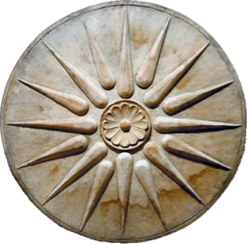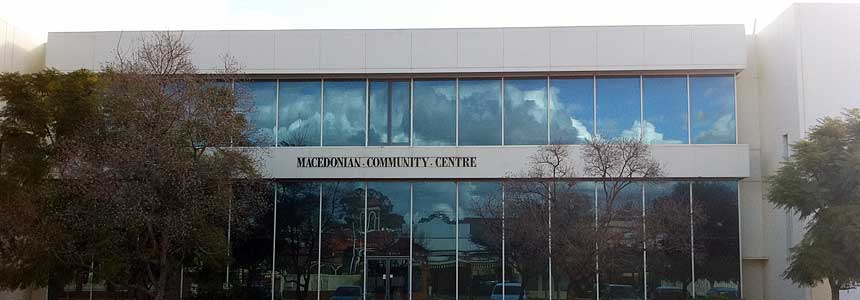

Macedonian History


Club History
Macedonians have been arriving in Australia since the late 1880s on Pecalba. Pecalbari (the man in the family) would go and work overseas to earn money then return home with the spoils. This restricted major settlement. The two major waves of early Macedonian migration according to Peter Hill were when, in 1924 America implemented tougher immigration policies and in 1936 when the Ioannis Metaxas regime came into power. By 1921 there were 50 Macedonians in Australia, by 1940 this number had reached over 6,000., the majority of whom were from Lerin, Kostur and Bitola. After WW2 and the Greek Civil War many Macedonians from Greece came to Australia, these people are known as Aegean Macedonians, they settled in areas including Richmond and Footscray.
When the Yugoslav policies that encouraged its citizens to work overseas was started many Ethnic Macedonians within Yugoslavia left for Australia. The peak of this migration was in the early 1970s. They settled in mainly industrial districts, particularly in Wollongong and Newcastle, in the Melbourne suburb of Thomastown and the Sydney suburb of Rockdale. Many Macedonians from Yugoslavia would also settle in isolated parts of Australia such as Port Hedland. Most of these immigrants were from a agricultural background. Macedonian migration had slowed by the 1980s only to restart in the early 1990s after the breakup of Yugoslavia.
About Macedonia *
The Republic of Macedonia is rapidly advancing on the path of political and economic reforms towards strengthening its democratic society and its open market economy. The result is political and macroeconomic stability providing much room for growth. The primary goals of the Government are as follows: - economic growth and development, - active participation in regional and global integration processes, - maintenance of macroeconomic stability, - continuous structural reforms focused especially on promotion of the SME sector and attracting foreign direct investments (FDIs), and - reduced unemployment and poverty. The Republic of Macedonia was granted EU-candidacy in December 2005, which has significantly improved the country’s political credibility in the international business community.
Location and Geography
The Republic of Macedonia is situated in the central part of the Balkan Peninsula covering an area of 25,713 square kilometres. Its relief is characterized by large and high mountain massifs giving way to extensive, flat valleys and plains. The country is features a developed hydro-graphic net: with numerous springs, rivers, and many natural and artificial lakes. The climate in Macedonia is diverse: in the southern part it is altered Mediterranean, in the central and northern areas it is mild continental and on high mountains-mountainous. The country is bordered by Serbia to the North, Bulgaria to the East, Greece to the South and Albania to the West. It is a major transit way for shipment of goods from Greece, through the Balkans, towards Eastern, Western and Central Europe and through Bulgaria to the East. Macedonia has an ideal geographic position on the Balkan Peninsula for opening industrial capacities, for branch offices and consignation facilities that would gravitate towards a market of 30 to 40 million consumers. More precisely, the capital of Macedonia, Skopje, is less then a two-hour drive away from the neighbouring countries. Major cities are Skopje (>600,000 citizens), Kumanovo, Bitola, Prilep, Tetovo, Veles, Ohrid, Strumica, etc.
Area: 25,713 sq.km
Capital: Skopje
Population: 2.1 million people (69% in age bracket 15-64)
Main Ethnic Groups:
Macedonian 64%, Albanian 25%, Others 11%
Religions:
Orthodox Christian 65%, Muslim 33%, Others 2%
* Courtesy of The Macedonian-West Australian Business and Economic Forum


